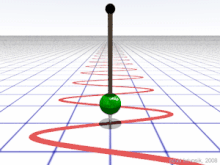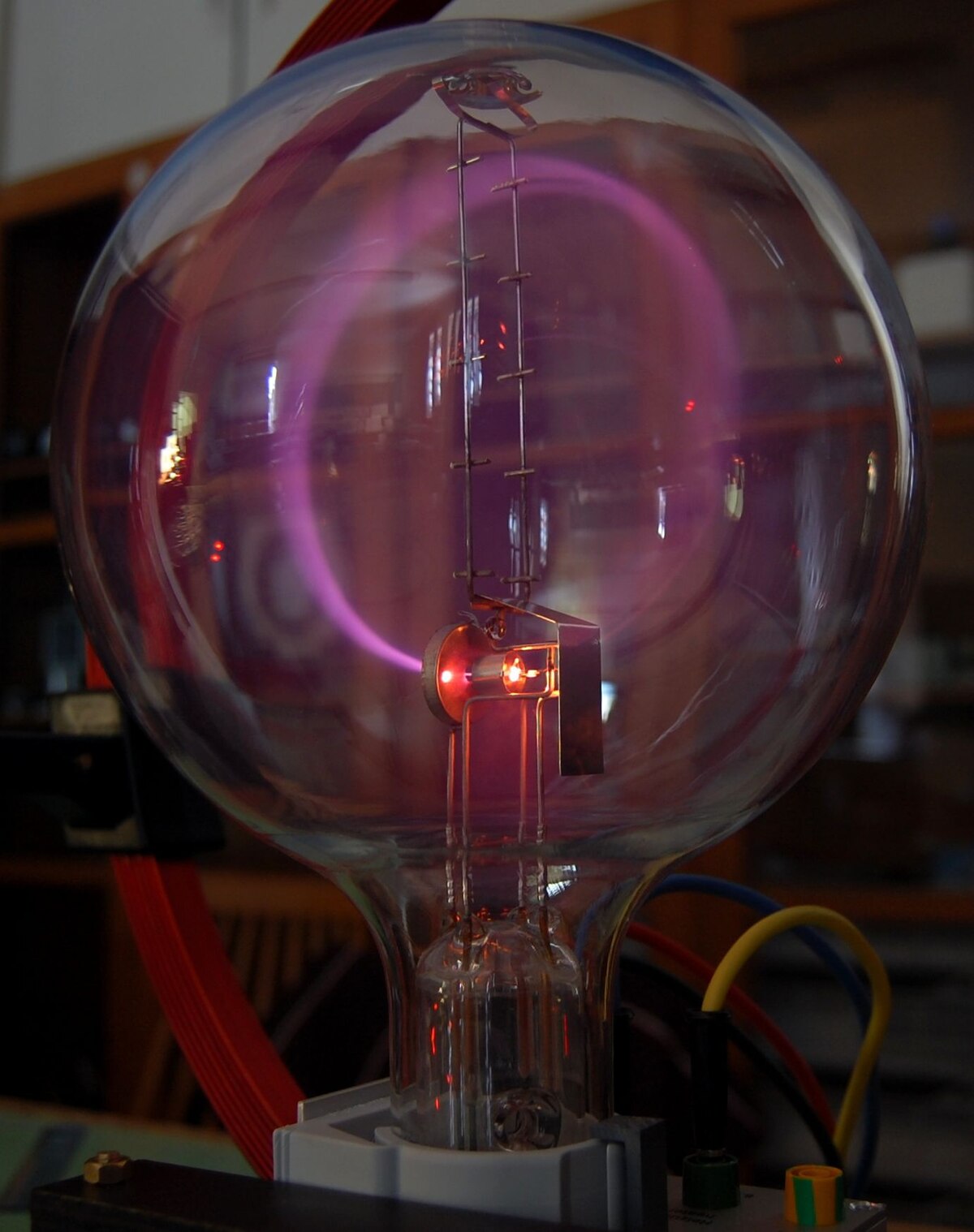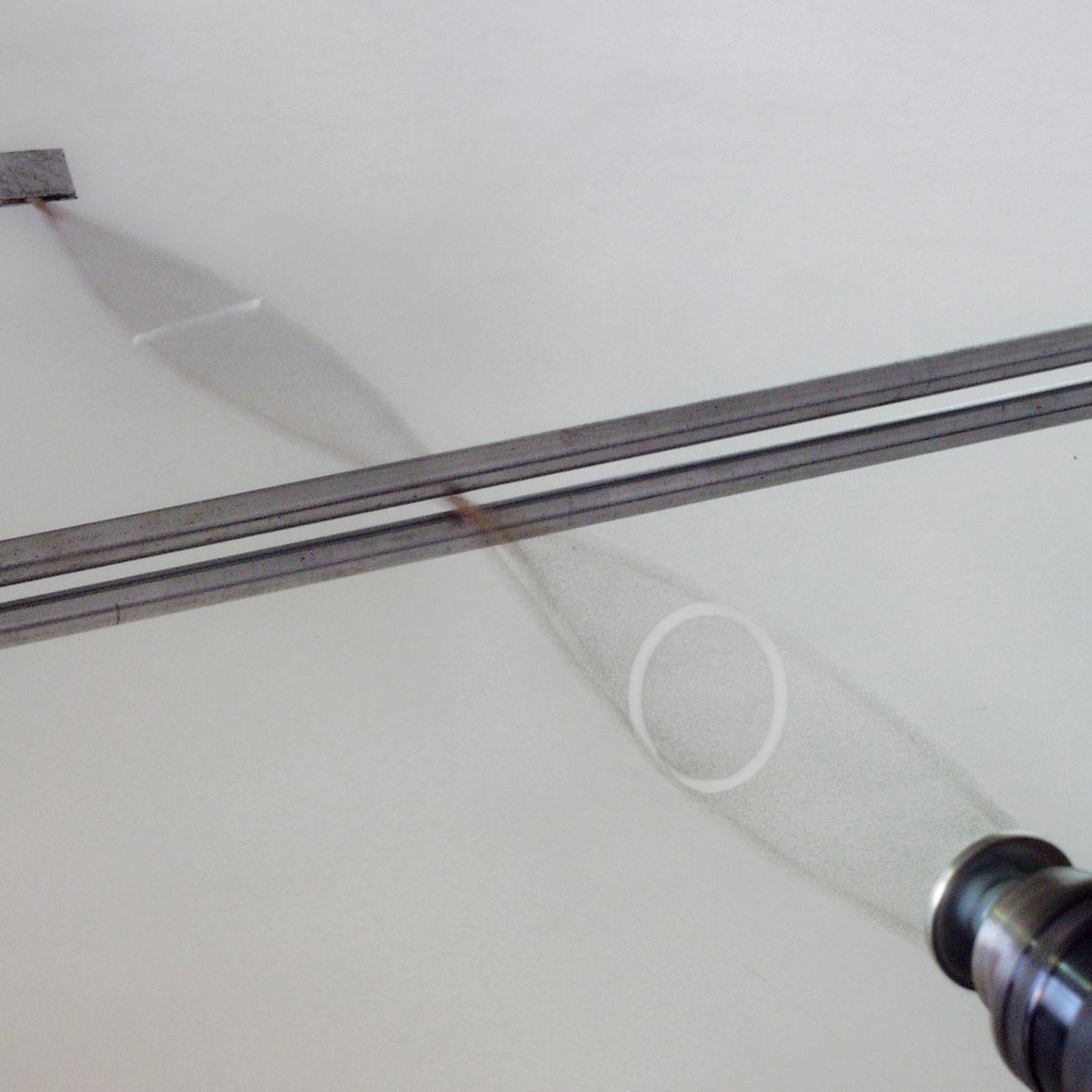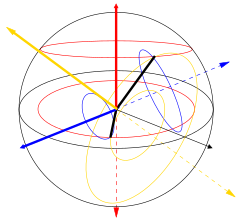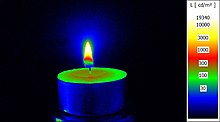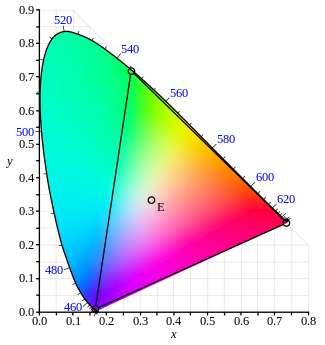acespicoli
Well-known member
How should PAR / PPFD measurements be taken and compared?
How are PAR/PPFD measurements often manipulated?
PPFD measurements should be taken over the entire area of the lighting footprint at regularly-spaced intervals, without leaving any "gaps". Many competitors take "sparse" measurements (fewer than they should) around the perimeter of the footprint, which over-emphasizes the brighter central coverage, and does not represent the bulk of the growing area.For example, consider the following PAR measurement map provided by a competing LED grow light company in a video they claim shows a "LED Grow Light Comparison that gives a true apples to apples look" (even though they are using one of our original PhytoMAX lights instead of a PhytoMAX-2, and are hanging almost every light they test, except their own, much higher than the recommended hanging height).

If you average these 17 numbers together, you get 453 μmol/m2/s PPFD. However, because they have left gaps around the perimeter of their measurement area, it is being under-represented in the average- by half! To properly represent the perimeter, there should have been 16 measurements taken there; not the 8 they have provided. 25 total measurements should have been taken; not the 17 they gave.

Out of the 17 original numbers this company averaged together to get the "average PAR", over half (9 of 17) were from the central portion of the footprint. It should have been the opposite, with over half (16 of the total 25 or 64%) of the measurements taken on the perimeter. This means that 64% of the growing area they claim to have covered in their "average" was represented by less than half of the measurements they took; which massively inflates the "average PAR" they advertise.
This deceptive practice of under-measuring the perimeter is used most commonly by LED grow light companies with secondary lenses that focus the light into a bright spot under the fixture. It makes the "average" they derive over-represent the central portion of the footprint, even though this is not the bulk of the growing area. In this way, they can make their lights look more impressive on paper- even though these units will fail to provide adequate light to the majority of your plants!
The deception continues though: even this, already center-weighted, 453 μmol/m2/s PPFD "average" isn't what they claim for their light; they say the average is 531 μmol/m2/s:

How did they get this number? They took the average of the outer ring of numbers (236.46), the average of the inner ring of numbers (636.48) and the central number (720.25) and averaged these three numbers together to get 531 μmol/m2/s PPFD. However, this is giving the central measurement 1/3 of the total weight in their "average", even though it represents only 1/25th (4%!) of the total area that should be averaged. Once again they are heavily re-weighting their "average" toward the center! Misleadingly, the outer perimeter, accounting for 64% of the actual area, is given equal weighting to the central 4% of the area.
But wait! This isn't even the end of the deception- this competitor displays the PAR measurements in a square grid, when they were taken in a circular pattern:

By doing this, they aren't measuring the corners of the lighting footprint at all, even further center-weighting their "average". Again, this is most-commonly practiced by LED grow light sellers using secondary lenses, as these secondary optics deprive the corners of your growing area of light. Including the actual measurements from the corners of the footprint would drag their true average down dramatically.
If we instead take PPFD measurements at the center of every 6-inch square segment throughout the entire 5x5 foot advertised growing area for this competitor's 630 watt light, we can get a better picture of its actual PAR coverage over the entire advertised footprint. We'll even take these measurements with reflective surroundings (unlike how they took them) to help them out as much as possible:


Averaging these 100 numbers together in the only fair way, with equal weighting for each, we can see the true average PPFD for this light is 279 μmol/m2/s PPFD, even with the benefit of reflective surroundings. This is 47% less than the "average" PPFD they claim of 531.
Through a combined set of clever, subtly-deceptive moves, including taking measurements in circles to avoid the corners and emphasize the center, under-representing the perimeter in measurements to emphasize the center, and then performing a center-weighted average to emphasize the center, this company is claiming almost double the average PPFD than their light actually provides.
This is a perfect example of why LED grow lights have a bad reputation. Deceptive marketing practices trick people into buying one of these LED grow lights, but then when it under-performs traditional HPS lights in actual growth, people assume LED grow lights don't work, when in fact they were simply lied to by the manufacturer they selected.
Incidentally, if we take the same 100 PAR measurements at the center of every 6-inch square segment over a 5x5 foot growing area for the 630-watt PhytoMAX-2 600 grow light, we can see how our equal-wattage (and 18% less expensive!) light compares:

These 100 numbers average out to 358 μmol/m2/s PPFD, a full 28% higher light intensity average over the entire area for the same wattage and at 18% lower cost. Our superior-quality LEDs and lack of secondary lenses (which block about 10% of the total light output!) deliver 28% more light per watt to your plants, 57% more growing power per dollar, and provide more uniform coverage of the entire footprint area!
For our PhytoMAX LED grow lights we provide average PPFD measurements from every single square inch, over the entire footprint, edge-to-edge, corner-to-corner. This is the only true way to judge the growing power of a light fixture from PPFD numbers alone; although spectrum is also crucial in making any evaluation.
- Content From Black Dog

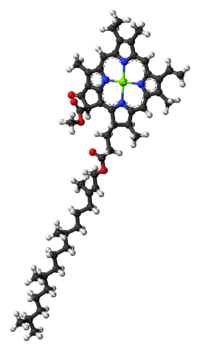
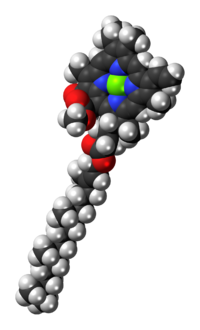






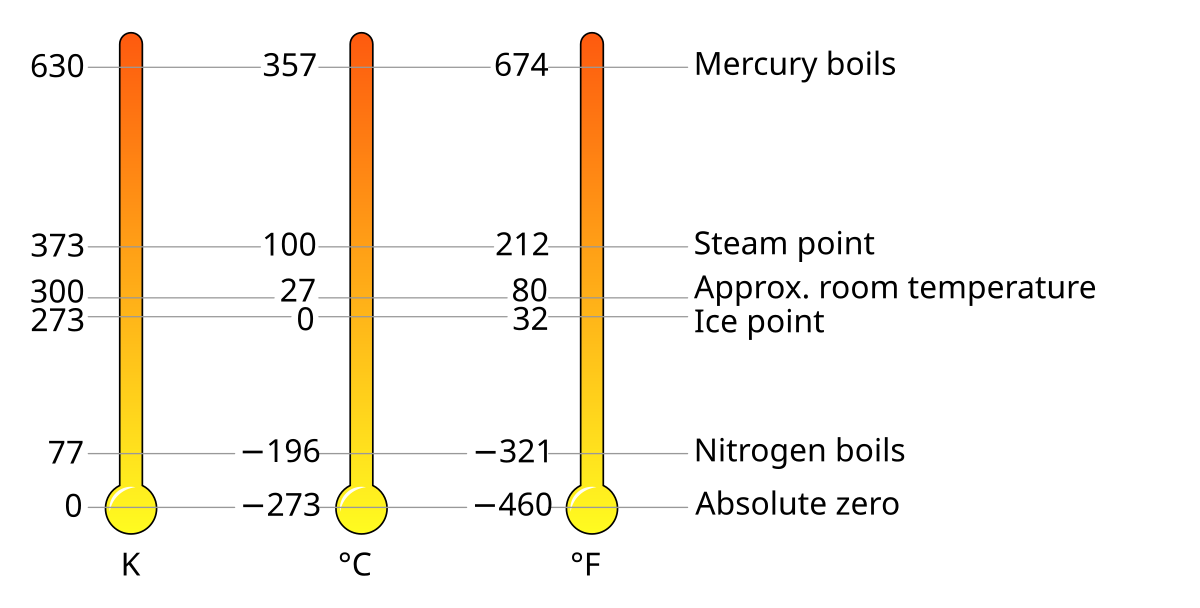

 How many years hours have they logged running 16/8 on/off veg and 11/13 on/off flower
How many years hours have they logged running 16/8 on/off veg and 11/13 on/off flower


